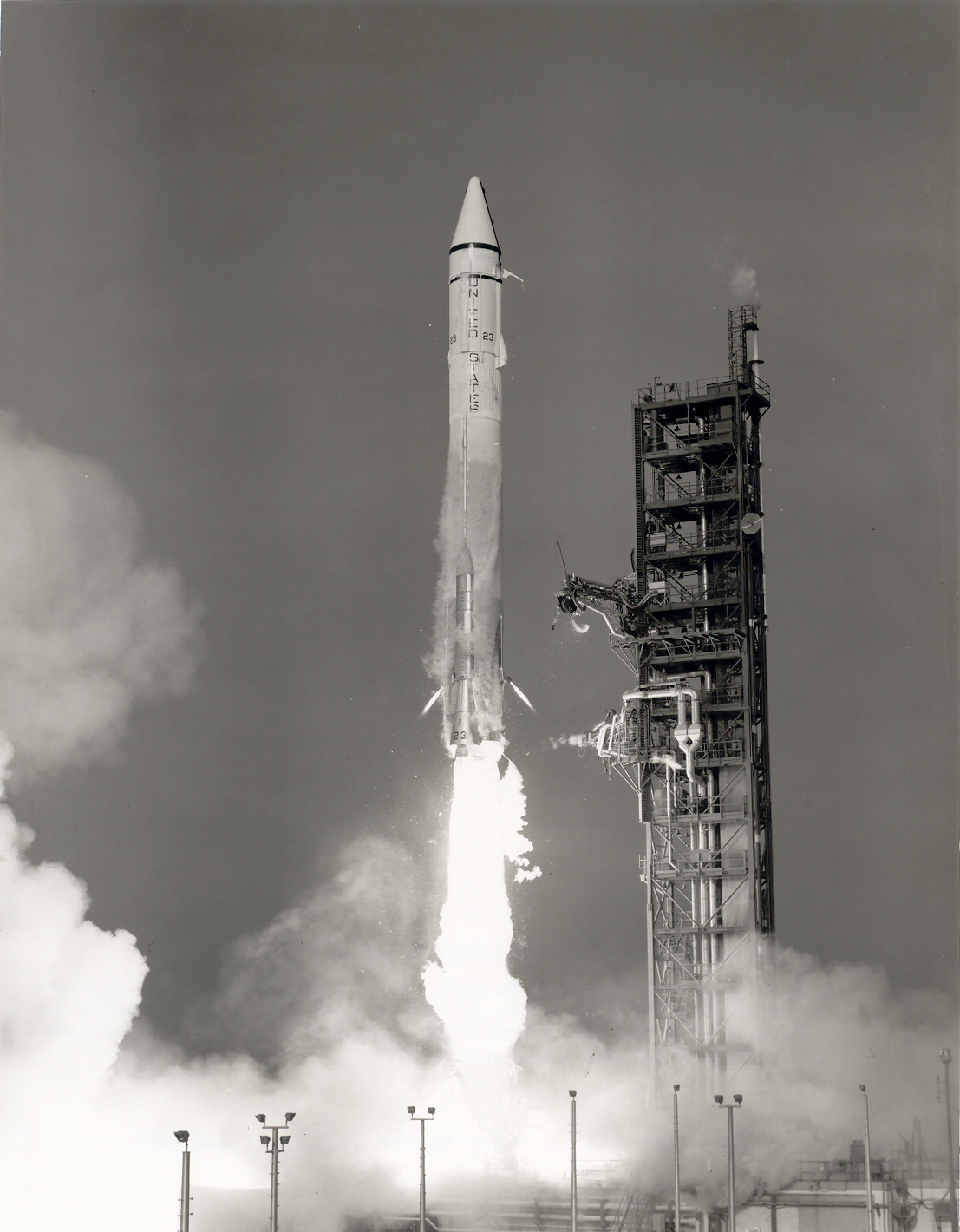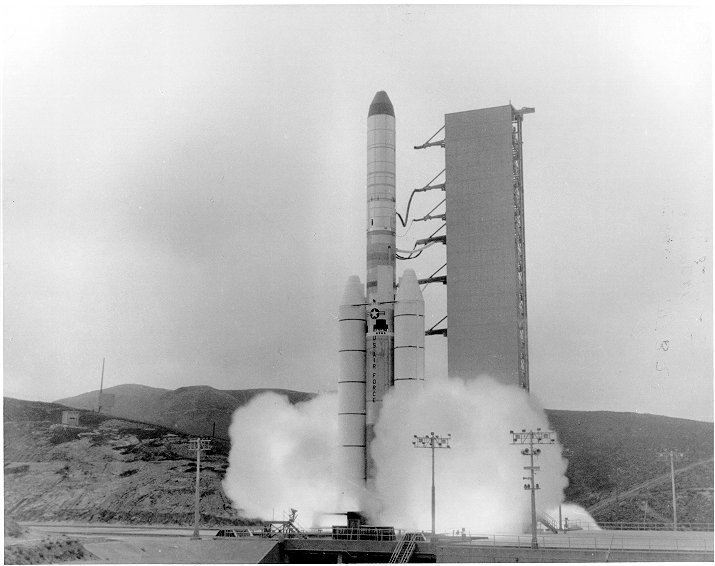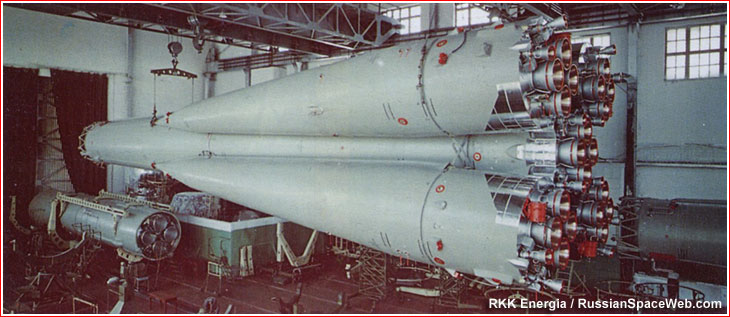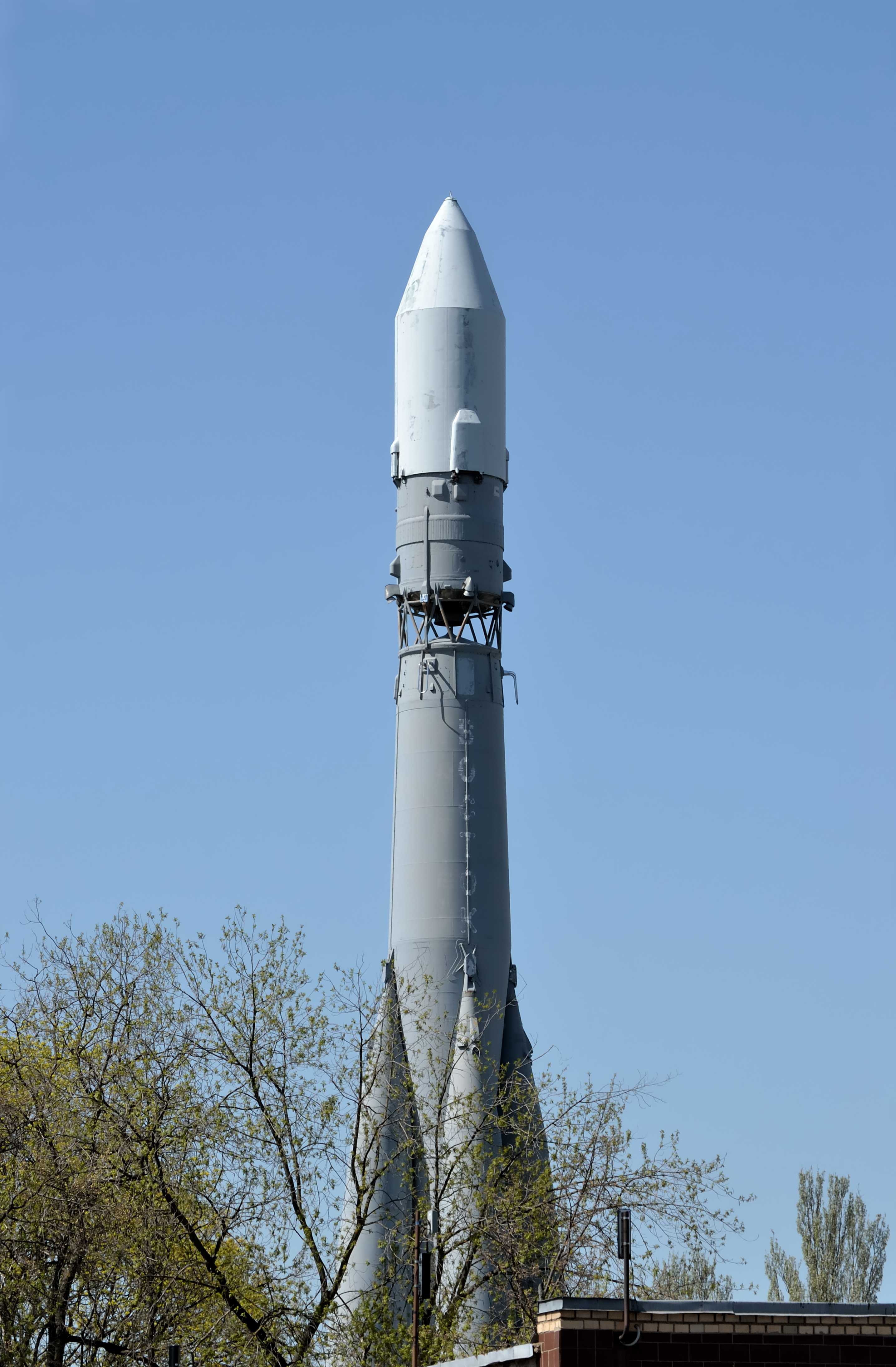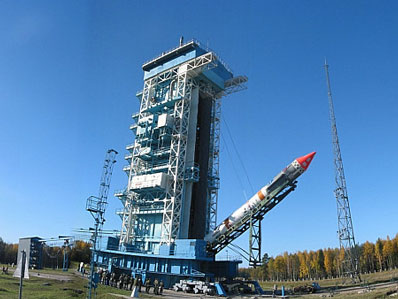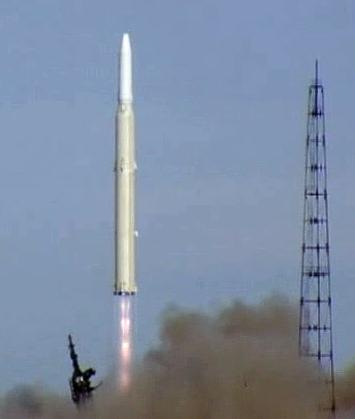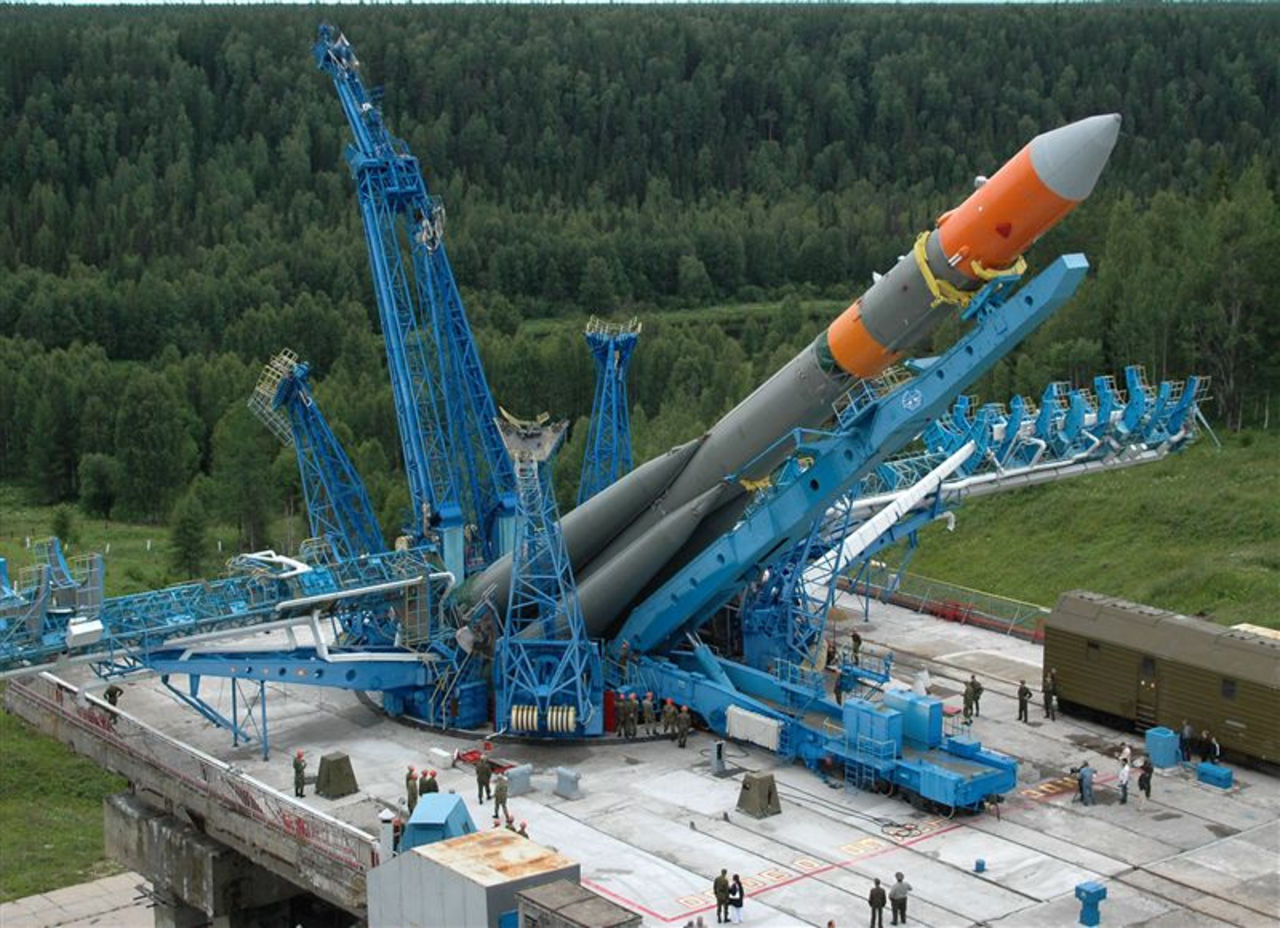Previous Spaceflight Launches
Filter by Agency, Locations or Vehicles
Show All LaunchesAtlas SLV-3C Centaur | INTELSAT IV F4
Convair | United States of AmericaCape Canaveral SFS, FL, USA
Jan. 23, 1972, 12:12 a.m.
Titan IIID | KH-9 2
Lockheed Martin | United States of AmericaVandenberg SFB, CA, USA
Jan. 20, 1972, 6:36 p.m.
Voskhod | Zenit-4M 30
Soviet Space Program | RussiaBaikonur Cosmodrome, Republic of Kazakhstan
Jan. 12, 1972, 9:59 a.m.
Vostok 8A92M | Meteor-1 10 (18L)
RKK Energiya | RussiaPlesetsk Cosmodrome, Russian Federation
Dec. 29, 1971, 10:50 a.m.
Kosmos-3M | Aureole 1
Russian Space Forces | RussiaPlesetsk Cosmodrome, Russian Federation
Dec. 27, 1971, 7 p.m.
Soyuz 11A511M | Zenit-4MT 1
Energia | RussiaPlesetsk Cosmodrome, Russian Federation
Dec. 27, 1971, 2:04 p.m.
Tsiklon-2 | US-A 3
Yuzhnoye Design Bureau | UkraineBaikonur Cosmodrome, Republic of Kazakhstan
Dec. 25, 1971, 11:29 a.m.
Atlas SLV-3C Centaur | INTELSAT IV F3
Convair | United States of AmericaCape Canaveral SFS, FL, USA
Dec. 20, 1971, 1:10 a.m.
Molniya-M | Molniya-1 19
Russian Space Forces | RussiaPlesetsk Cosmodrome, Russian Federation
Dec. 19, 1971, 10:50 p.m.
Kosmos-3M | Strela-2M 4
Russian Space Forces | RussiaPlesetsk Cosmodrome, Russian Federation
Dec. 17, 1971, 1 p.m.
